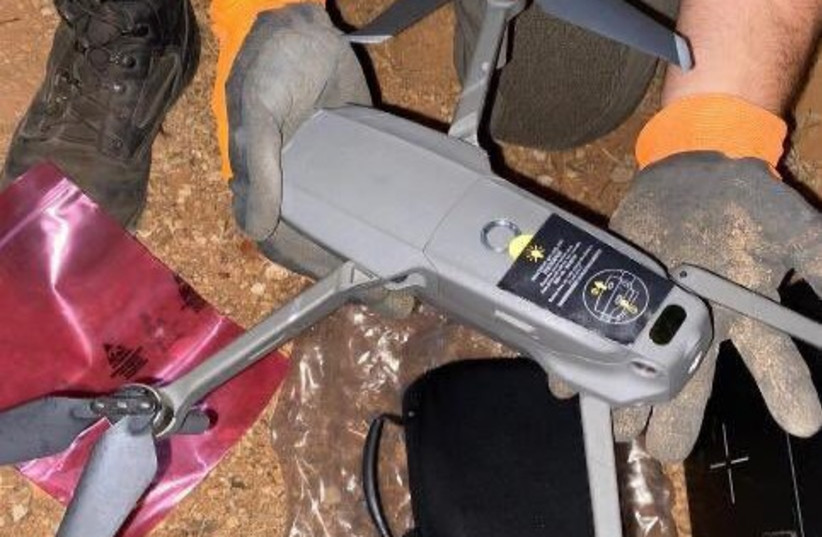Israel downed two Iranian drones a year ago, the IDF revealed this week. They were reportedly unmanned aerial vehicles that were supposed to bring weapons to Gaza.
“In March 2021, the Iranian regime launched two UAVs toward Israeli territory,” the IDF said. “The UAVs were successfully intercepted by the Israel Air Force’s F-35i Adir aircraft. This was the first operational interception of a UAV by an F-35i aircraft in the world.”
This is an important accomplishment for the F-35. It also shows Israel’s advanced abilities to detect these kinds of threats.
“The interception of the UAVs was carried out prior to them entering Israeli airspace in coordination with neighboring countries,” the IDF said. “The UAVs were detected and tracked throughout their flight by ground control units.”
It’s not the first time we are hearing about Iran trying to use drones to move weapons or munitions to Palestinian terrorist groups.
Last November, Defense Minister Benny Gantz discussed the Iranian drone threat. He said a February 2018 incursion by an Iranian drone was an attempt to move explosives to the West Bank. Last May, Iran expanded its threats by flying a drone from Iraq into Israeli airspace. The drone was shot down. In late February, days before Russia launched its war on Ukraine, a Hezbollah drone entered Israeli airspace and then returned to Lebanon.
It’s clear from available information that the Iranian drone threat is growing and changing. Even though the recent details relate to a March 2021 incident, there have been more incidents since then, such as the May and February drone threats.
Iran also continues to showcase its drone stockpiles. It recently showcased an underground base with Shahed-136 drones. The base appeared to show dozens of them ready for use. These drones supposedly have long-range capabilities.

Not all of Iran’s drone threats are clear because Tehran appears to use its drones in different kinds of attacks each time it rolls them out. It also provides the technology to its Hezbollah, Houthi and Iraqi militia allies.
In the last year, Iran targeted a ship in the Gulf of Oman, got the Houthis to target the UAE, had an Iraqi militia target the Emirates and targeted the US base of Tanf in Syria and US forces in Iraq.
This is a major and rising threat that has no borders. Iran has no problem moving weapons to the West Bank and Gaza, moving air-defense systems to Syria and targeting US forces and Gulf states. It targets ships as well.
The Islamic Republic is likely trying to test Israel. Hezbollah’s decision to fly a drone into Israeli airspace and have it return to Lebanon was scripted to boast about the group’s capabilities.
In other incidents, Iran has obviously failed to get its drones to do what it wants them to do. The March 2021 interception is one example of this.
However, Israel’s decision to increasingly spotlight the program shows a realization of the complexity of the emerging threat. Israel didn’t just reveal the March 2021 incident now, it also highlighted last year that Iran is training drone operators and constructing drone bases. This is all part of the Iranian drone threat.
The reports this week that Iran had moved air defenses to Syria show that Tehran wants to protect its assets in Syria, including perhaps drones that it has sought to move there. The February 2018 incident, for instance, began with a drone flying from T-4 base.
These are the moves Iran is making ahead of a possible nuclear deal and as the world is distracted by the war in Ukraine.
